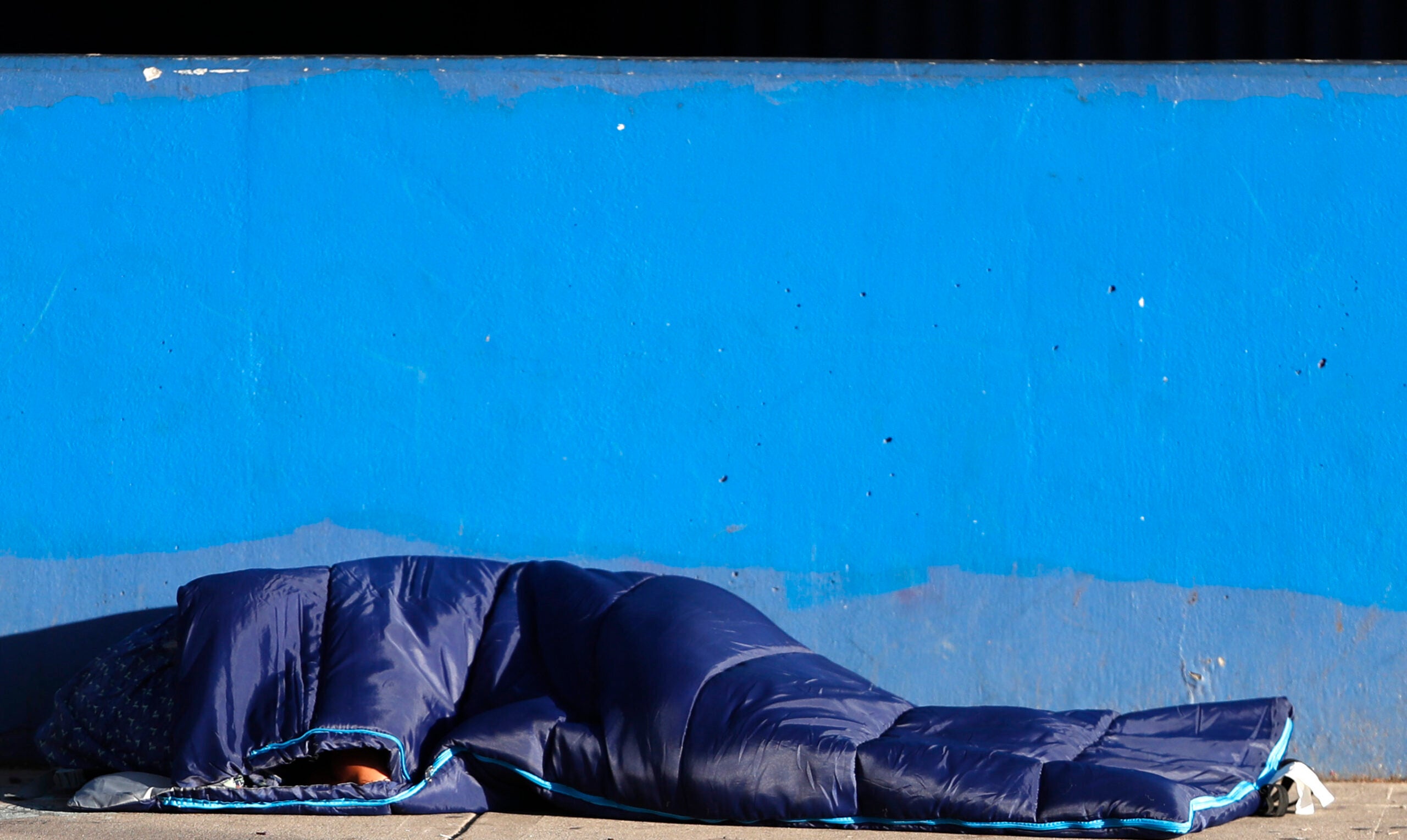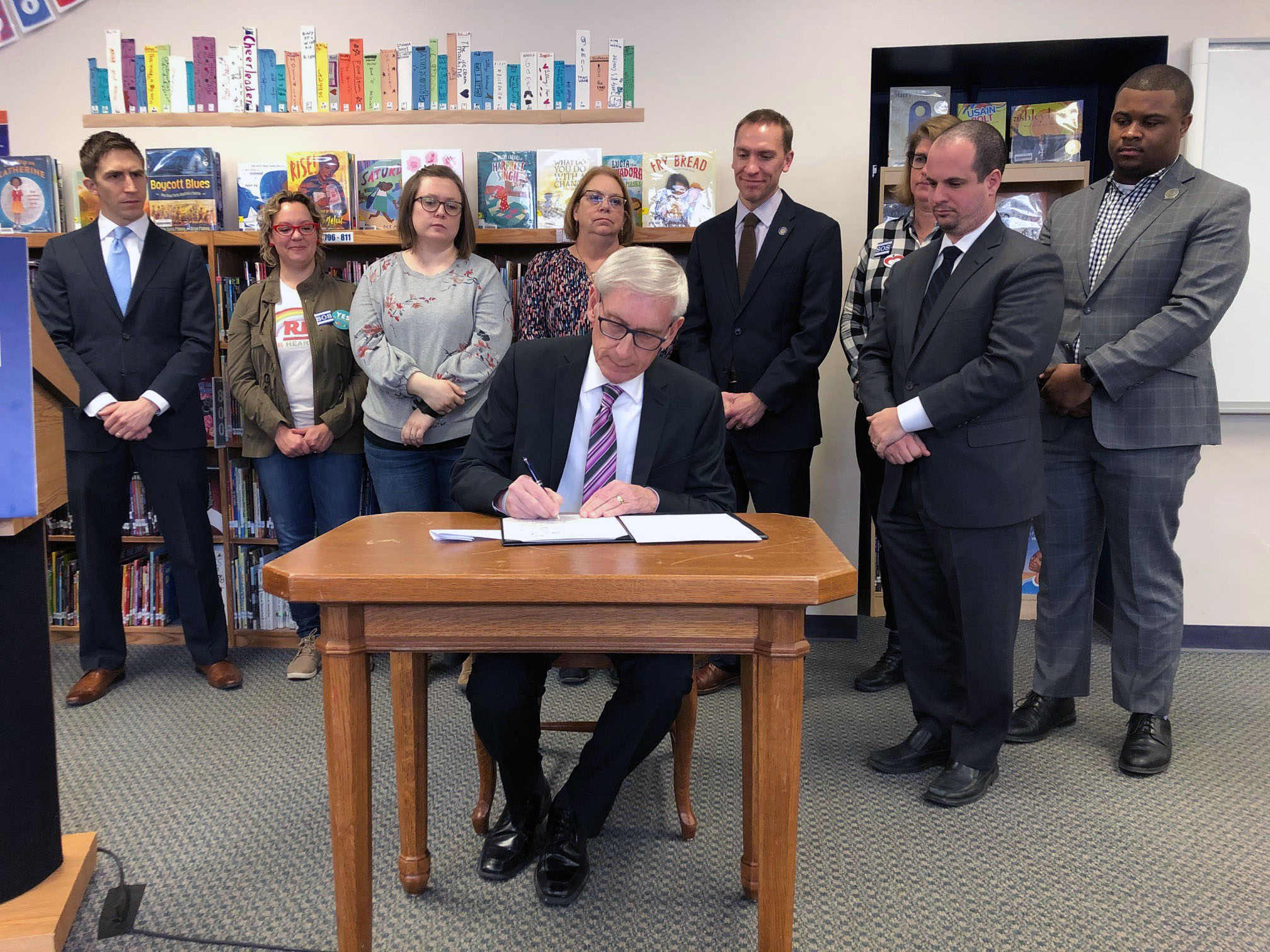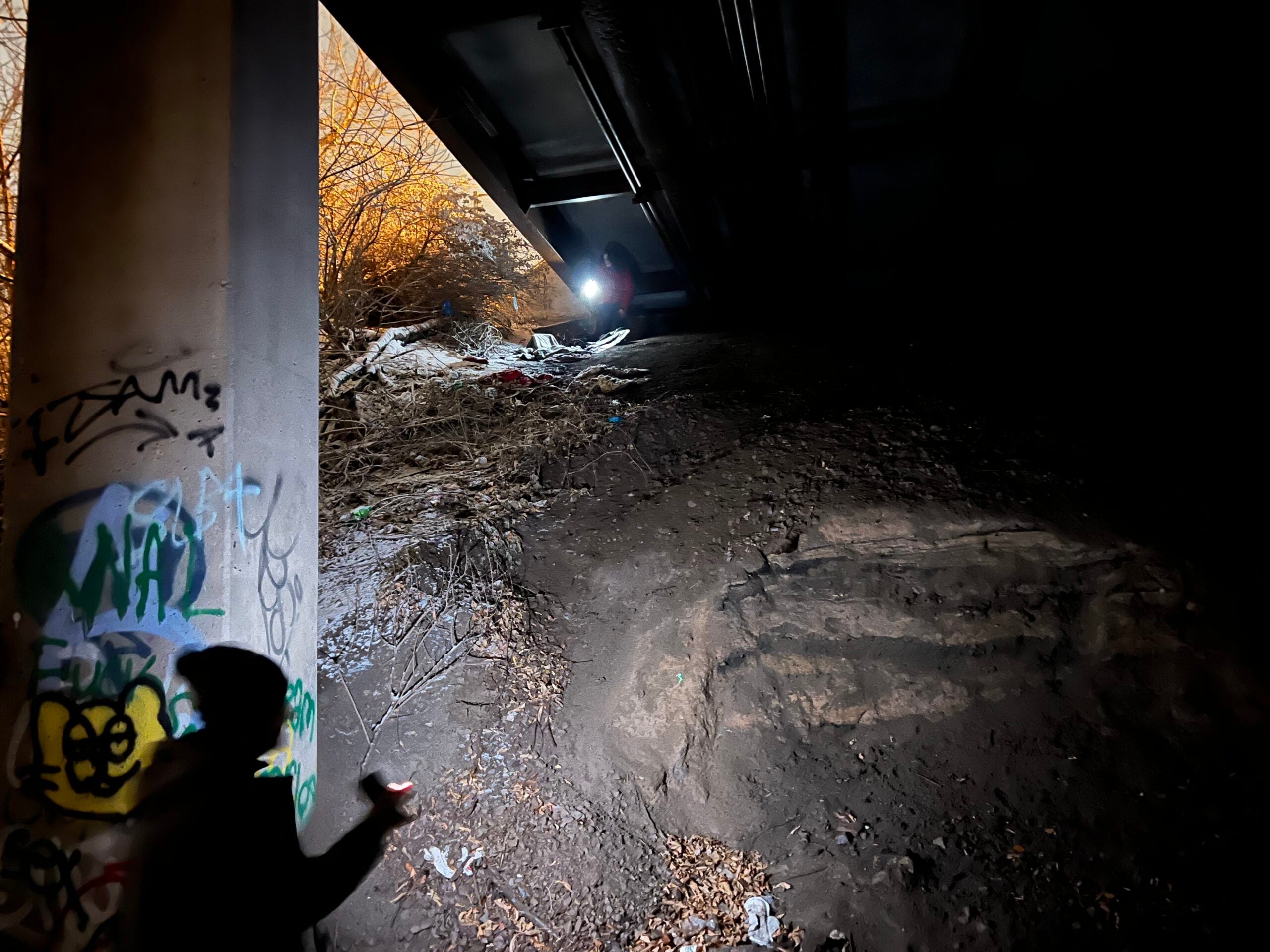Wisconsin’s homeless population dropped by nearly 12 percent in 2017 compared with last year. But areas outside of Milwaukee don’t appear to be experiencing the same trend.
A statewide count in January found 5,000 people experiencing homelessness in Wisconsin. That’s down by around 600 from 2016 numbers. But most of that decline is happening in Milwaukee according to homeless advocates outside of the metro area.
The U.S. Department of Housing and Urban Development does a physical count of people experiencing homelessness twice a year. The data is used to determine where federal and state aid should go to reduce homelessness.
Stay informed on the latest news
Sign up for WPR’s email newsletter.
In Dec. 2016, the state was awarded $23 million to combat homelessness.
In Wisconsin, the state is divided into four “continuums of care.” Due to their population, Dane, Milwaukee and Racine Counties make up their own continuum while the state’s other 69 counties make up what’s called the Balance of State Continuum of Care.
Carrie Poser is the director of BOSCOC. She said 69 percent of the state’s homeless population resides in the state’s more rural counties. While the state as a whole saw a 12 percent decrease in the homeless population, Poser said the homeless population in the 69 BOSCOC area counties dropped by less than 3 percent.
“So, no we did not do great and wonderful and rosy,” said Poser. “We have not gone in any kind of direction that we want to.”
During the count in early January, 137 people were found sleeping outdoors in rural counties. That works out to around four percent of the total homeless population in BOSCOC — the lowest in the nation according to HUD. But Poser doesn’t take any pleasure in that data.
“That number actually infuriates me because it’s 137 people and we can’t figure out how to get them into a sheltered situation in the middle of winter in January. That’s what we’re saying,” said Poser. “I mean, you’re not talking about (Los Angeles) that has 55,000 unsheltered people. You’re talking about 137 people.”
In Menomonie, Corin Tubridy is the Homeless Prevention Programs Manager for the WestCAP community action agency. She says the overall decrease in the state’s homeless population is owed to hard work done by advocates in Milwaukee working to find long-term housing for homeless families.
“They are really targeting those who have been on the streets of Milwaukee the longest and getting them into permanent supportive housing,” said Tubridy. “So, that decrease really owes a lot to the work that’s happening in Milwaukee.”
Tubridy says smaller agencies like hers who serve rural Wisconsin are working to expand permanent supportive housing but a lack in funding often stands in the way. The federal and state dollars dedicated to BOSCOC must be split dozens of ways, spreading it across several agencies and counties.
While strides are being made in Milwaukee, Tubridy said they’re seeing certain homeless populations grow.
“We are seeing, in the seven counties that we serve, a dramatic increase in the number of chronically homeless individuals,” said Tubridy. “I think we have anywhere from 35 to 45 households that have a disabled household member and have been homeless for over a year.”
Last week Gov. Scott Walker Signed a bill requiring state agency heads and leaders of the state’s continuums of care to draw up a plan to eliminate homelessness. It’s called the Interagency Council on Homelessness and BOSCOC Director Carrie Poser, said it’s an encouraging step in the right direction.
“It at least means we’re going to talk about what resources are necessary, who needs to commit to what, what things need to change, what policies need to be developed, what needs to actually happen in order for there to be a significant decrease in the number of homelessness, ideally to end homelessness as we know it today,” said Poser.
Wisconsin Public Radio, © Copyright 2024, Board of Regents of the University of Wisconsin System and Wisconsin Educational Communications Board.



